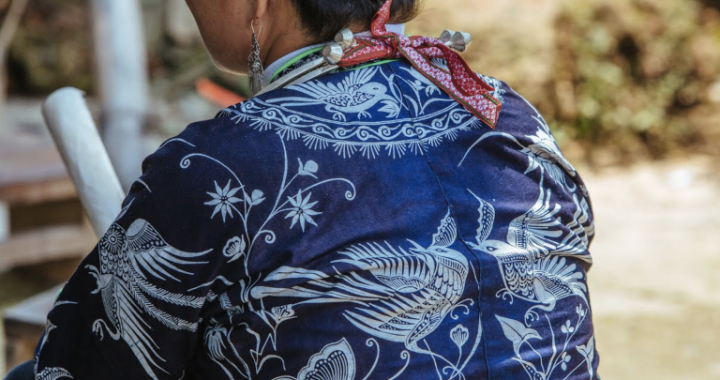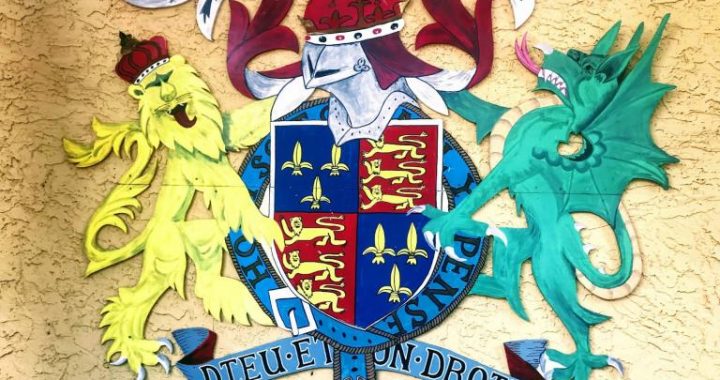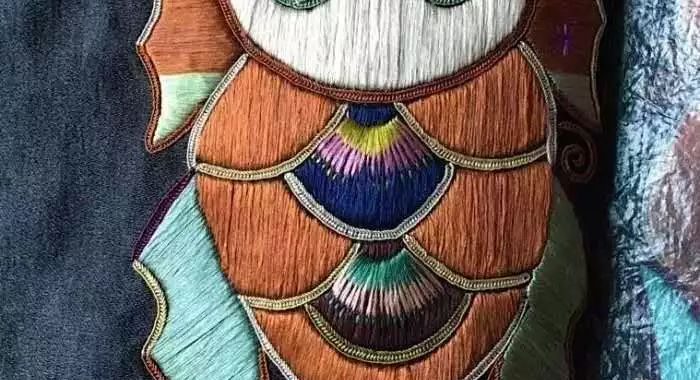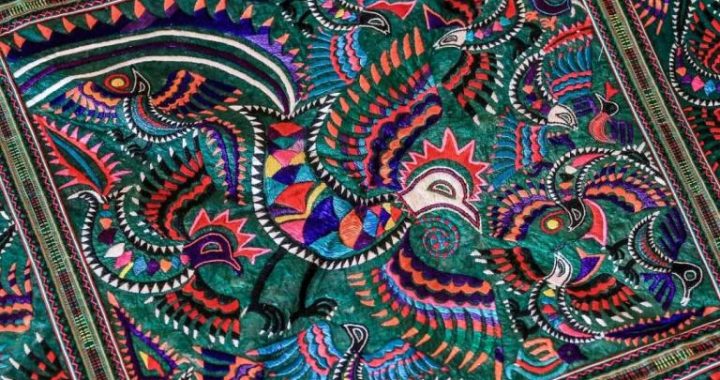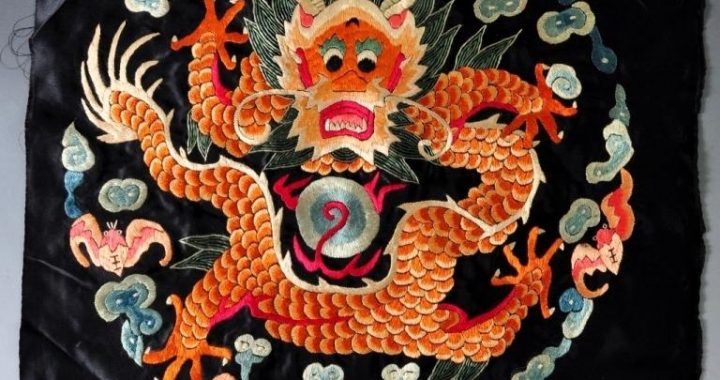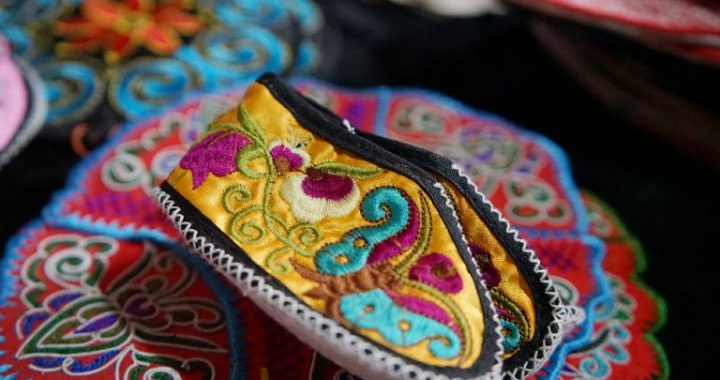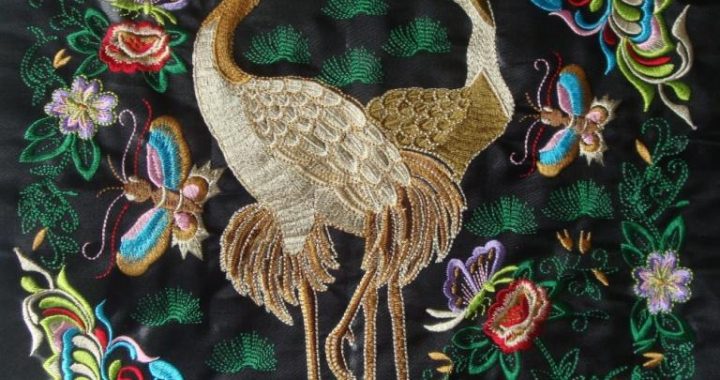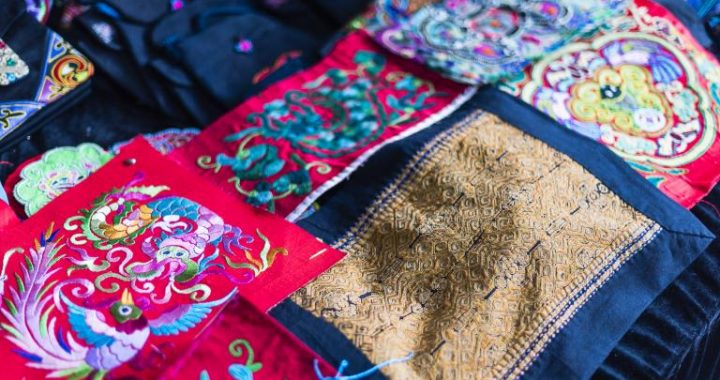Three well-known Brocades
3 min readAs one of the most valuable textiles, brocade is a polychrome silk, and three most famous brocades took shape in the Ming and Qing dynasties, namely the Cloud brocade of Nanjing, the Song brocade of Jiangsu and the Shu brocade of Sichuan.
1) Cloud Brocade
Cloud brocade is so named because of its lustrous patterns which resemble splendid clouds. It enjoyed a great popularity in the Ming and Qing dynasties, andwas mainly assigned as a tribute to the court, or applied as national gift to the monarchs and envoys of foreign countries.
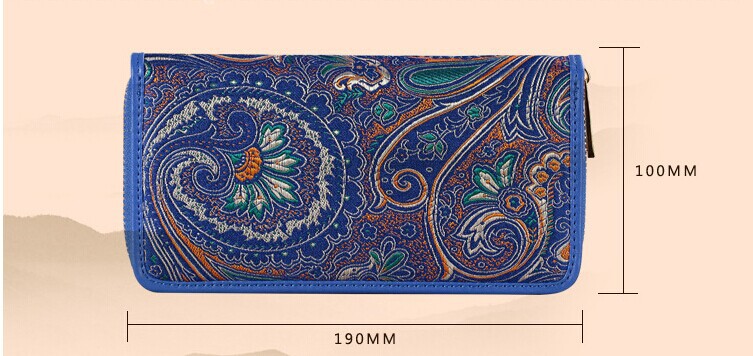
During the prosperity period of Emperor Kangxi and Emperor Qianlong, Nanjing once possessed over 30,000 looms for Cloud brocade production, with some 300,000 people living on the industry. Most of the brocade workshops and craftsmen assemble along the Qinhuai River, which was often resonated with sound of looms even during the night. Cloud brocade was specially produced by larger drawlooms, which saw the peak of ancient Chinese drawloom development. Two persons were required to operate one such loom, with one sitting on the top to pull warps according to the stored figuring information just like typing on a keyboard, while the other sitting below beats the weft, and the textile in front of him is like a computer screen. It’s such a hard sledding job that the two persons together could only make five to six centimeters of Cloud brocade in one day.
One unique technique used in producing Cloud brocade is the application of peacock thread. Such thread is made of peacock feather combined with gold threads todisplay glorious shines, able to present different luster when viewed from different angles.
2) Song Brocade
As the term suggests, Song brocade was first developed in the Song dynasty. Due to the favor of Song emperors towards calligraphy and painting, it was not only applied as a dressing material, but for mounting calligraphy and painting works as we11. It was fully developed during the Ming and Qing dynasties. According to different techniques, materials and thickness and functions of fabric, it could be classified into three main categories, double-layer brocade, fine brocade and box brocade.
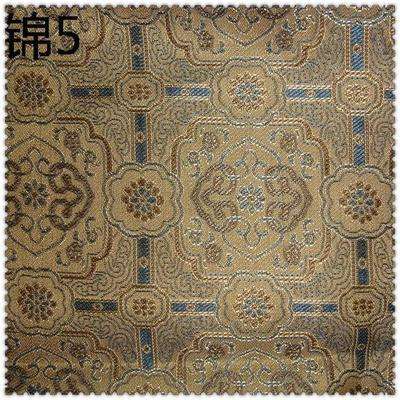
Double-layer brocade was the most precious of Song brocade, usually applied or dragon chairs and cushions in the palace, with decorations compatible to theimperial court, such as patterns of dragon, cloud, bat and a variety of floral medallions.
Among Song brocade the fine brocade was the most common and representative category in the Ming and Qing dynasties, with latticework as its most characteristic patterns. These geometric patterns were made against the grid framework formed by vertical, horizontal and diagonal lines, which was filled of rounds and squares decorated with floral patterns and smaller geometric patterns. According to their various shapes, latticework can be further divided into octagonal ones, hexagonal ones and quadrangular ones.
Box brocade, also known as Small brocade, is characterized by little geometri and floral patterns. Due to its relatively loose weave structure, it is usually backed by a layer of paste, and applied for mounting packages and boxes.
3) Shu Brocade
Sichuan was called Shu in ancient China. So Shu brocade was named due to its origin. Patterns of Shu brocade played an important role in traditional Chinese crafts and arts, as well as for the development of Chinese textile patterns. As one of its well-kept tradition, Shu brocade widely applies auspicious patterns.
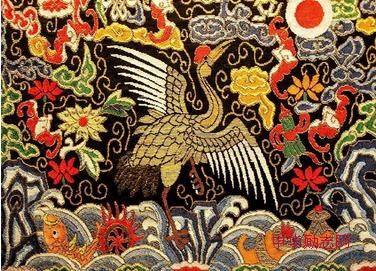
Craftsmen of Shu brocade were good at using motifs of animals, plants, utensils, characters and geometrics, to construct symbolic patterns through their forms, pronunciations or meanings.
In 1979,a piece of Shu brocade dating back to the Ming dynasty was excavated in Chengdu of Sichuan province. The artisan of the work depicted a scene of dropping plum blossom and peach blossom floating on a stream, presenting a poetic atmosphere.
